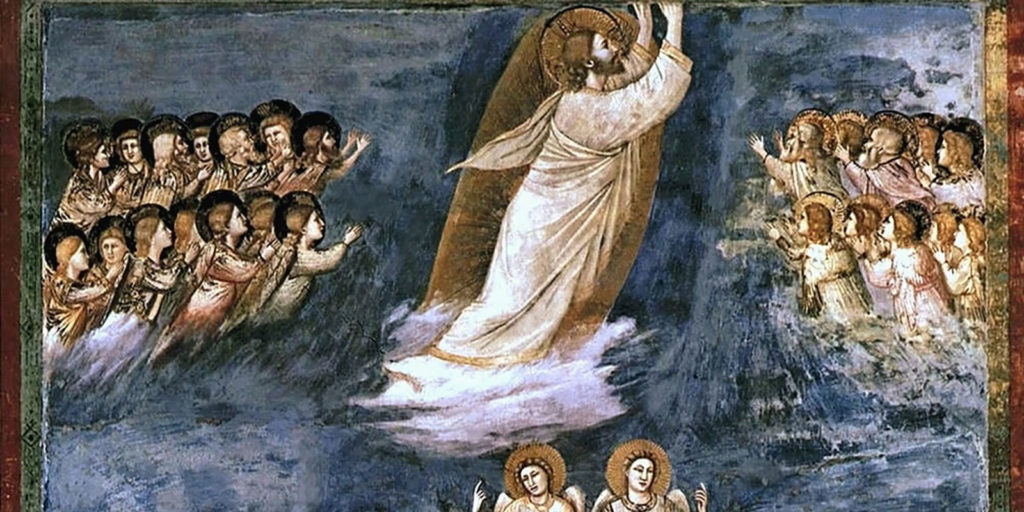The Feast of the Ascension is a Roman Catholic tradition that commemorates the belief that Jesus rose into heaven on the 40th day of Easter.
It’s also called Holy Thursday, Ascension Day, or Ascension Thursday.
Feast of the Ascension 2024
The date varies. The next feast is Thursday, May 9, 2024.
The Feast of the Ascension Narrative
This is an early Christian tradition that has fallen out of favor. It was once celebrated by all the Christian churches. Today it is only a major event in the Roman Catholic church.
Ascension was a common ancient story. It meant that a person was noble and had been accepted by God.
The final big event in the Christian Easter narrative is Pentecost, the fiftieth day of Easter and the first harvest of the season. Easter and the Pentecost mark the beginning and end of Spring in the northern hemisphere.
The Ascension is a beautiful time of ripening in the plant world. If you are around any grass or woods, you may have noticed that they have rather suddenly turned a rich green.
The natural world of plants rising towards the sky is described in the Ascension metaphor of Jesus rising into heaven. The final ripening and harvest is mirrored in the Pentecost metaphor of the Holy Spirit revealing itself to all peoples.
It’s amazing how much the religious narrative mirrors the natural one. The forces of nature are the origin of human faiths.
Feast of the Ascension in Art
The Ascension is a popular Christian image in art and music. Those images of Jesus floating in clouds above a group of surprised people are inspired by it.
There is the standard composition of Jesus floating in the clouds and a surprised crowd below. Most of the people in the crowd are colorful, but Jesus looks a little pale. There is a second pale Jesus standing in the crowd. A man next to him points in both directions, confused as to how Jesus could move from place to place like that.
Our cover image is Giotto’s “The Ascension” (1305). We like the proto Renaissance painter’s flat, but expressive style. Today’s computer screens have the same flatness as Giotto. There is nothing new under the sun.
“The Ascension of Christ” (c. 1515) by Late Renaissance painter Benvenuto Tisi or Il Garofalo (Italian, 1481 – 1559) is another great example of the theme.
The Ascension also inspired a lot of classical music. Orchestras and choirs play programs of music about the Ascension.

